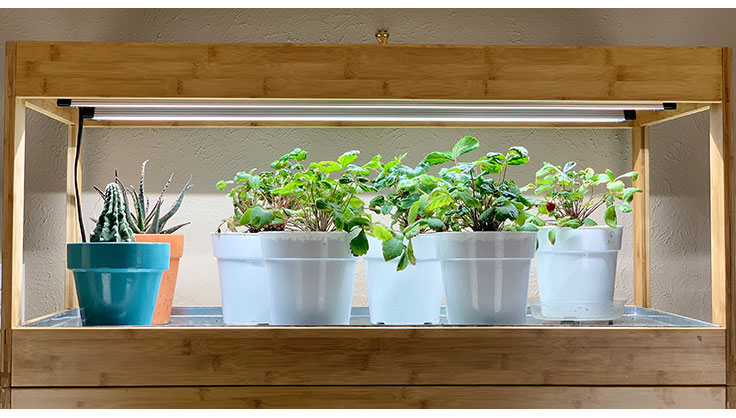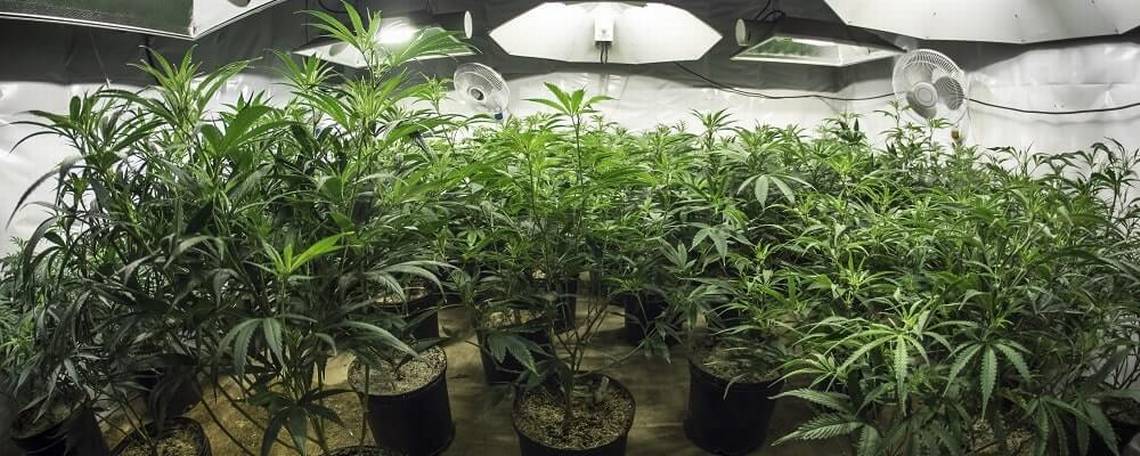In recent years, there has been a growing interest in plant lights and their ability to promote plant growth while being energy-efficient and environmentally friendly.
This article aims to discuss the functionality and effects of plant lights, including their capability to provide sufficient illumination and simulate sunlight.
Promoting Plant Growth:
Plant lights, also known as grow lights, are designed to emit specific wavelengths of light that cater to the needs of plants. They provide the necessary light energy for photosynthesis, promoting growth and development in plants. These lights can be adjusted to emit different spectrums of light, including red, blue, and white, which correspond to different stages of plant growth. By providing an optimal light spectrum, plant lights enhance the photosynthesis process and contribute to healthier plant growth.
Providing Adequate Illumination:
One of the primary concerns regarding plant lights is their ability to provide sufficient illumination for plants. High-quality plant lights are specifically designed to deliver the required level of light intensity and coverage for optimal plant growth. Adjustable settings on these lights allow users to customize the brightness to meet the specific needs of different plant species.
Simulating Sunlight: While natural sunlight is the best light source for plants, not all environments provide adequate access to sunlight. Plant lights have the ability to simulate sunlight by producing a comparable spectrum of light. By utilizing a combination of red and blue wavelengths, plant lights can mimic the essential light wavelengths necessary for photosynthesis. This allows individuals to cultivate plants in areas with limited natural light, such as indoor gardens or urban environments.
Energy Efficiency and Environmental Friendliness:
Another significant advantage of plant lights is their energy efficiency. LED (Light Emitting Diode) technology is commonly used in plant lights, as it consumes less energy and produces less heat compared to traditional lighting sources. LED-based plant lights have a longer lifespan, which reduces the need for frequent replacements and contributes to overall energy conservation. Additionally, their reduced energy consumption results in lower greenhouse gas emissions, making them an environmentally friendly choice.
Conclusion:
Plant lights have proven to be highly beneficial in promoting plant growth by providing sufficient illumination and simulating sunlight. With their adjustable settings, energy efficiency, and environmental friendliness, plant lights are becoming increasingly popular for both home gardening and commercial applications. As the demand for indoor cultivation continues to rise, advancements in plant light technology are expected to provide even more efficient and effective solutions for plant enthusiasts and agricultural professionals alike.
Post time: Jul-07-2023





